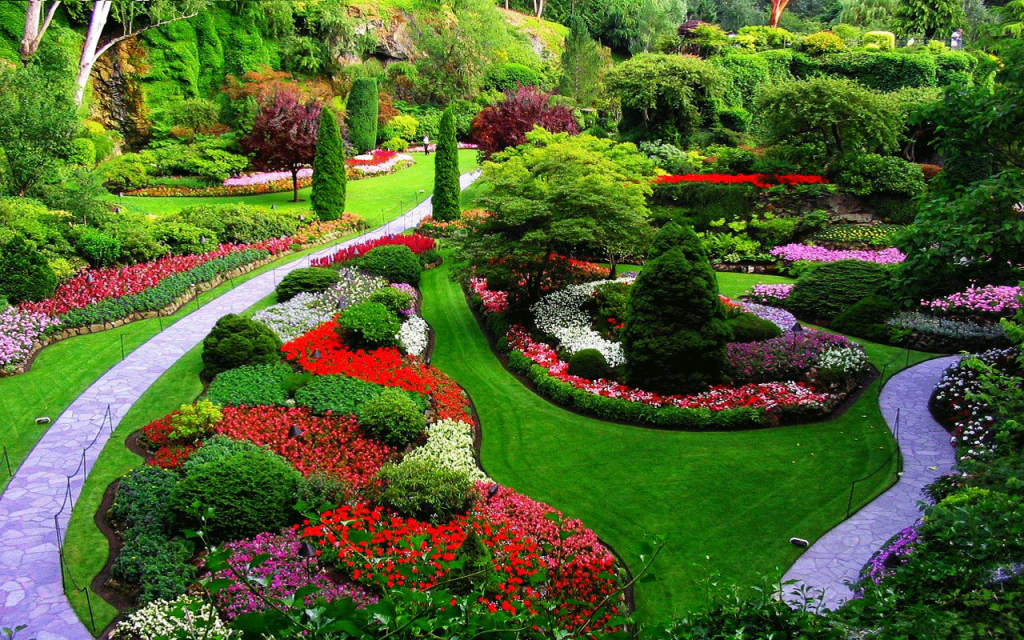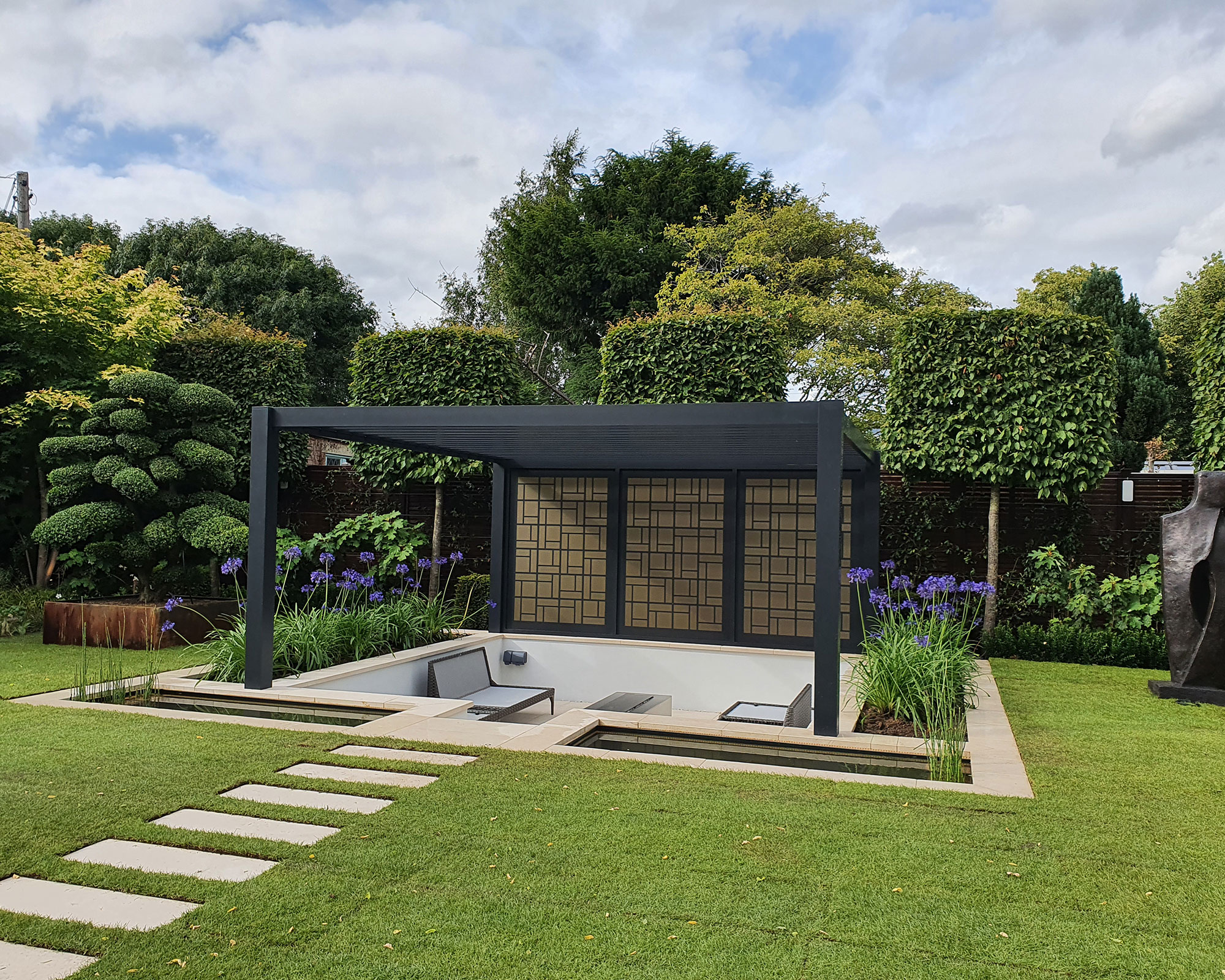Some Of Hilton Head Landscapes
Table of ContentsFacts About Hilton Head Landscapes RevealedWhat Does Hilton Head Landscapes Mean?The smart Trick of Hilton Head Landscapes That Nobody is DiscussingMore About Hilton Head Landscapes10 Easy Facts About Hilton Head Landscapes ShownMore About Hilton Head LandscapesSome Of Hilton Head LandscapesIndicators on Hilton Head Landscapes You Should Know
Form compatibility is also a significant element of unity in designone or more strikingly various kinds are excellent for comparison and focus, yet generally all various other kinds should have some resemblances for an unified look. Structure refers to just how crude or fine the surface area of the plant or hardscape product really feels and/or looks.
Examples of plants with crude structure consist of philodendrons, agaves, bromeliads, hollies, palms, and hydrangeas. Hardscape with coarse structure includes rough-cut stone, rough-finished block, and unfinished wood with knots and an increased grain. Aged or old building and construction product that preserves a weather-beaten surface is usually crude in structure. Attributes that develop great structure include tiny vegetation; thin, strappy fallen leaves (yards) or high, thin stems; tiny, dense twigs and tiny branches; long stems (vines); and little, delicate blossoms.
Unknown Facts About Hilton Head Landscapes
Many plants are moderate appearance, in that they can not be defined as having either coarse or fine texture. Medium-textured plants act as a history to web link and unify the crude- and fine-textured plants.

To make a space really feel smaller, position the coarse structures along the external border and the fine structures closest to the customer. The detail of the rugged texture makes the plants show up closer and makes the room feel smaller. The viewed structure of plants can additionally alter with the range from the plant.
See This Report on Hilton Head Landscapes
Vibrant colors enhance the contrast and make the texture appear coarser, while soft colors can flatten structure. Hardscape with a rugged texturesuch as very rough rocks and vibrant, large timberstends to make all plant material show up more moderate textured. Developers frequently develop an appearance study (Figure 8) on paper to assist make a decision the arrangement of plant products.
Number 8. Appearance research study. Shade in plant product and hardscape adds rate of interest and range to the landscape. Color is one of the most noticeable component in the landscape and is usually the emphasis of many property owners; however, it is additionally one of the most temporary component, normally lasting only a few weeks a year for individual plants.
The Definitive Guide for Hilton Head Landscapes
An easy description of the shade wheel consists of the three main shades of red, blue, and yellow; the 3 secondary colors (a mix of 2 primaries) of green, orange, and violet; and six tertiary colors (a mix of one surrounding primary and secondary shade), such as red-orange. Shade theory explains the partnership of colors to each other and how they ought to be utilized in a structure.

Similar (sometimes called unified) color design are any 3 to 5 shades that are surrounding on the color wheel, such as red, red-orange, orange, yellow-orange, and yellow, or blue, blue-violet, and violet (bluffton landscaping). The colors are related to every various other due to the fact that they usually consist of 2 primary colors mixed to develop an additional and 2 tertiary shades, which indicates they share usual residential properties
Corresponding shades are usually found normally in blossoms; an usual pair is yellow and violet. Color is found in the blossoms, vegetation, bark, and fruit of plants.
Facts About Hilton Head Landscapes Revealed
Environment-friendly foliage in all its numerous shades is the leading color by quantity, yet other shades catch interest much more readily due to their high contrast to the color environment-friendly. Color is also discovered in structures, rocks, pavers, wood, and furnishings. Many colors in all-natural products, such as rock and wood, are commonly soft and tend to be variations of brown, tan, and light yellow.
Color is a crucial element for developing interest and range in the landscape. Shades have residential properties that can affect emotions, spatial understanding, light top quality, balance, and emphasis. One property of shade is read what he said explained about temperaturecolors show up to be cool or cozy and can affect feelings or feelings. Trendy shades often tend to be relaxing and must be utilized in areas for relaxation and serenity.
The smart Trick of Hilton Head Landscapes That Nobody is Talking About
The "temperature" of colors can also affect the assumption of range. Trendy colors often tend to recede and are perceived as being further away, making a room really feel larger. Warm colors tend to advance and are perceived as being closer, making a room really feel smaller sized. Shade can also be used to record interest and direct views.
For instance, brilliant yellow, which has the highest possible intensity, additionally has a high contrast with all various other colors (often described as a "pop" of color) and ought to be conserved. A percentage of extreme shade has as much visual weight as a big amount of a much more subdued or weaker color.
Analogous (sometimes called unified) color design are any type of 3 to 5 colors that are surrounding on the color wheel, such as red, red-orange, orange, yellow-orange, and yellow, or blue, blue-violet, and violet. The shades are associated per various other since they commonly include two primaries blended to create a secondary and two tertiary shades, which means they share typical properties.
Some Known Facts About Hilton Head Landscapes.
Complementary shades are often found normally in blossoms; an usual set is yellow and violet. Color is discovered in the blossoms, vegetation, bark, and fruit of plants.
Green foliage in all its numerous shades is the leading shade by amount, yet various other shades capture attention a lot more readily due to their high contrast to the color eco-friendly - landscaping hilton head sc - https://stevenagonzales5.wixsite.com/h1tnhdlndscps/post/transform-your-outdoor-space-with-hilton-head-landscapes. Color is additionally discovered in structures, rocks, pavers, wood, and furniture. Most shades in all-natural products, such as rock and timber, are typically muted and often tend to be variations of brownish, tan, and pale yellow
The Facts About Hilton Head Landscapes Revealed
Shades have homes that can influence feelings, spatial assumption, light top quality, balance, and emphasis. Trendy colors have a tendency to be soothing and should be utilized in areas for leisure and calmness.
The "temperature level" of shades can likewise impact the understanding of range. Cool colors have a tendency to recede and are perceived as being farther away, making an area really feel bigger. Warm shades have a tendency to advance and are regarded as being better, making an area feel smaller. Shade can additionally be used to capture attention and direct views.
Intense yellow, which has the highest possible intensity, likewise has a high comparison with all other colors (commonly described as a "pop" of color) and should be used sparingly. A tiny amount of extreme color has as much aesthetic weight as a large amount of a much more suppressed or weak color.